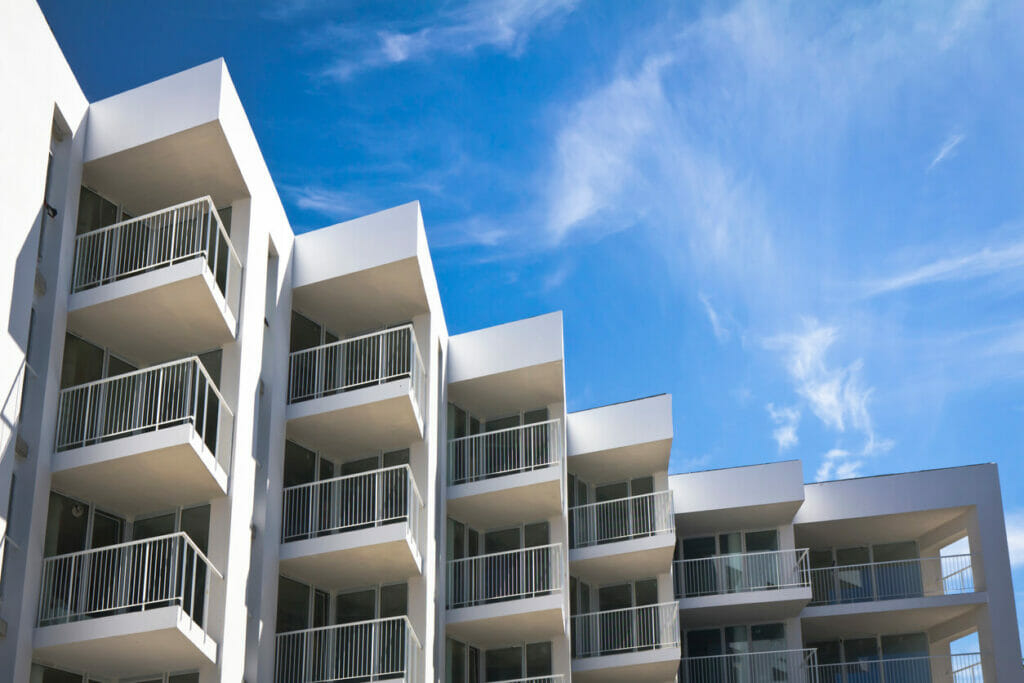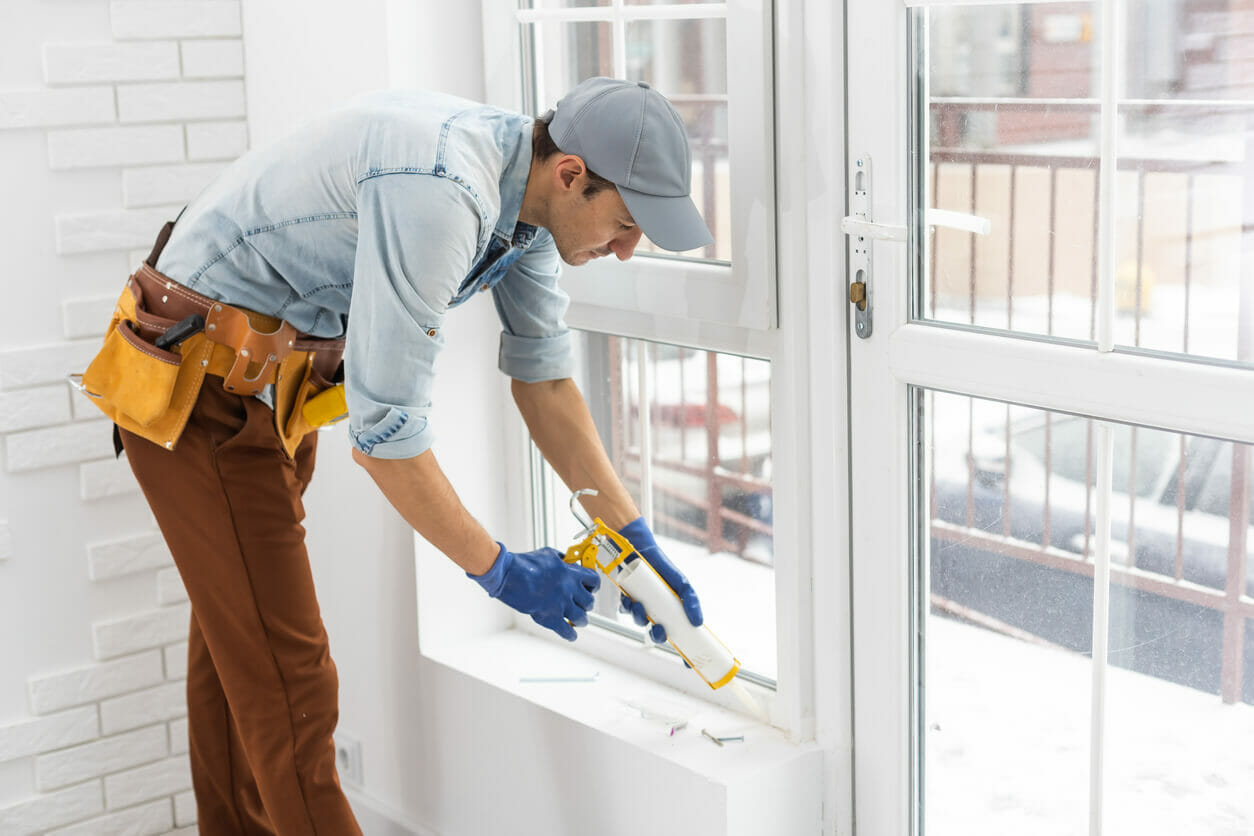Condo and HOA associations/corporations are both governed communities that require thousands, if not millions, of dollars, to operate.
Owners are responsible for covering most of the costs associated with maintaining a condominium or residential neighbourhood. The money is used to pay for insurance, payroll, garbage removal, repairs, and more.
Table of contents
- Maintenance and replacements
- Condo fees are generally more since maintenance is performed more frequently
- Common condo maintenance projects
- Common HOA maintenance projects
Regular maintenance is critical to upholding property values and keeping residents safe, but there are also times when the corporation will have to replace a component or amenity. But did you know that there are a few differences when it comes to HOA versus condo maintenance? Keep reading to see how maintenance projects and fees differ depending on where you live.
Maintenance and replacements
The board is responsible for figuring out how much money is required for short-term and long-term maintenance. The condo/HOA should have an operating budget, which is used to pay for everyday services including lawn care, utilities, and cleaning, as well as a reserve budget, which is like a savings fund for unexpected or largescale projects such as roof replacement, new construction, or road repairs.
For these larger maintenance projects, the board should (and may be legally required to) conduct reserve studies. Note that the study is conducted to figure out the remaining useful life of major components like roofs, boilers, elevators, streets, etc.
While large projects are not carried out on an annual basis, the community must be prepared for the hefty costs when it is time to start a major repair or replacement.
Smaller maintenance projects, such as debris removal or minor paint jobs, are often paid for annually. These projects should be addressed as soon as possible to prevent a small problem from morphing into a big one.
Having a digital maintenance tracking system as opposed to a manual system can help ensure no project falls through the cracks. With Condo Control’s digital maintenance tracking system, staff can even preschedule recurring maintenance work and assign jobs to onsite maintenance staff.
Workflows become more seamless, and less money is spent on labour costs associated with admin work.
Condo fees are generally more since maintenance is performed more frequently
Here’s the first major maintenance difference – condo associations generally have to complete more repairs than HOAs, which means owners pay more in fees. The main reason for this is owners who live in single-family homes are usually responsible for maintaining their entire home. That means cleaning gutters, repairing the roof and painting the exteriors. This is not the case for condo owners. The corporation/association shares the costs of roof repairs, paint jobs, and most maintenance work that is performed outside of each owner’s unit.
Generally speaking, there are just more shared elements in a condo. Think about all of the doors, carpets, lights, garbage chutes, windows and stairs in a mid-sized condo building. Single-family residences don’t have to maintain all of that stuff. They likely have more roads, grass, and lampposts, but these outdoor items don’t endure the same kind of wear and tear as an elevator.
Another difference, condo fees are not shared equally the way they are in an HOA. Instead, individuals with larger units pay more than individuals with smaller units.
Finally, the care that a condo building has received in the past will determine how frequently large maintenance projects are required in the future. If the elevators have received routine care, then they can probably get to the end of their useful lifespan. However, if smaller repairs were neglected, then chances are greater that a replacement will be required sooner.
This is also true for HOA communities. However, fewer shared amenities and elements mean there is a greater focus on ensuring individual owners keep up with their own maintenance responsibilities. That’s where violations come in. If an owner has been asked multiple times to repair their mailbox, and they still ignore the requests, they may be hit with a fine or other sanctions.
Common condo maintenance projects
Below are some of the most common maintenance projects that condo communities can expect to pay for.
Elevators – Most residents don’t appreciate how important elevators are until one breaks down. When that happens, wait times double and people become angry and impatient. Plus, the other elevators have to work overtime. Elevators can be very expensive for small buildings since they cost the same for a 20-unit building as they do for a 200-unit building. Elevators can last 25 to 50 years. It can cost anywhere from $80,000 to $200,000 to replace a commercial elevator.
Roof repair and replacement – This project can be simple or complicated depending on the design of the roof. Roofs typically last 20 to 25 years.
Water damage repair – While residential home and commercial owners reported 40% of insurance claims being related to water damage, the share for condos is as high as 60% to 90%, found a KPMG study! A broken pipe can impact several units two or three floors below where the accident occurred. Smart components like flood sensors and automatic shut-offs can be added to older plumbing and mechanical systems as helpful safeguards.
Window replacement – Residential windows have an expected life of 15 to 20 years. However, some may need to be replaced sooner depending on the quality of the materials, and how they were installed.
Parking lot maintenance – Condos can expect to spend anywhere from $15,000 to $100,000 per year on parking lot maintenance. This of course depends on how many spots are available and how old the parkade is. Parkade membranes typically need to be replaced every 30 to 40 years, and this is a big project that will take time and money.
Balconies – Balcony surfaces should be maintained to prevent water ingress into the construction of the balcony. This type of maintenance is generally required every 10 years. Balcony replacements may be needed after 25 to 30 years. This includes the construction of new balcony platforms and railings.

Common HOA maintenance projects
Below are some of the most common maintenance projects that HOA communities can expect to pay for.
Pool repairs – The cost to maintain a pool varies greatly depending on the size, and if the pool is used all year long. But HOAs may pay anywhere from $10,000 to $40,000 just for cleaning, chemicals, and other minor repairs. Just replacing a liner can cost $2,000 to $5,000.
Landscaping – Depending on the size of the community, and what the HOA must care for, landscaping can cost anywhere from $45,000 to $60,000 per year. Communities may consider selecting plants that don’t demand a lot of care to help minimize costs.
Natural disaster cleanup – this cost won’t apply to all communities, but if you live somewhere that experiences extreme weather, then there should be a recovery plan in place when a windstorm or tornado hits. Tree limbs and debris that are not in an owner’s front or back yard will need to be removed by the association. Boards may decide that it makes more financial sense to enter into a prenegotiated contract specifically designed to deal with the aftermath of a natural disaster. This way, they know (roughly) what they will need to pay, and they will have already secured a designated contractor.
Pest control – HOAs are often responsible for controlling pests. Condos get them too, but single-family communities are more susceptible to things like squirrels, mice, wasps, and termites since they may be surrounded by more green space. Any pests that infest a public use area, such as a garden or clubhouse, will require the HOA’s attention. Costs will depend on the nature of the infestation.
Conclusion
Both condo and HOA communities must plan and budget for maintenance projects. Some jobs occur annually, while others only come up every 10 or 20 years. Due to the amount of shared areas in a condominium building, condo owners generally pay for more maintenance work, but HOA members are responsible for completing additional maintenance jobs on their own.


